A commonly used phrase in recruitment is “We hire for culture fit.” But do your recruiters and hiring managers know what culture fit really means? Does culture differ by team, branch or department? Hiring for culture fit can lead to hiring "more of the same". And that is where implicit bias comes into play. When hiring for diversity, a better approach might be this: “We hire for culture add.”
Why not provide training covering unconscious bias in attraction, recruitment and selection for everyone involved in the hiring process? At the same time, be sure that one component explores culture add vs. culture fit.